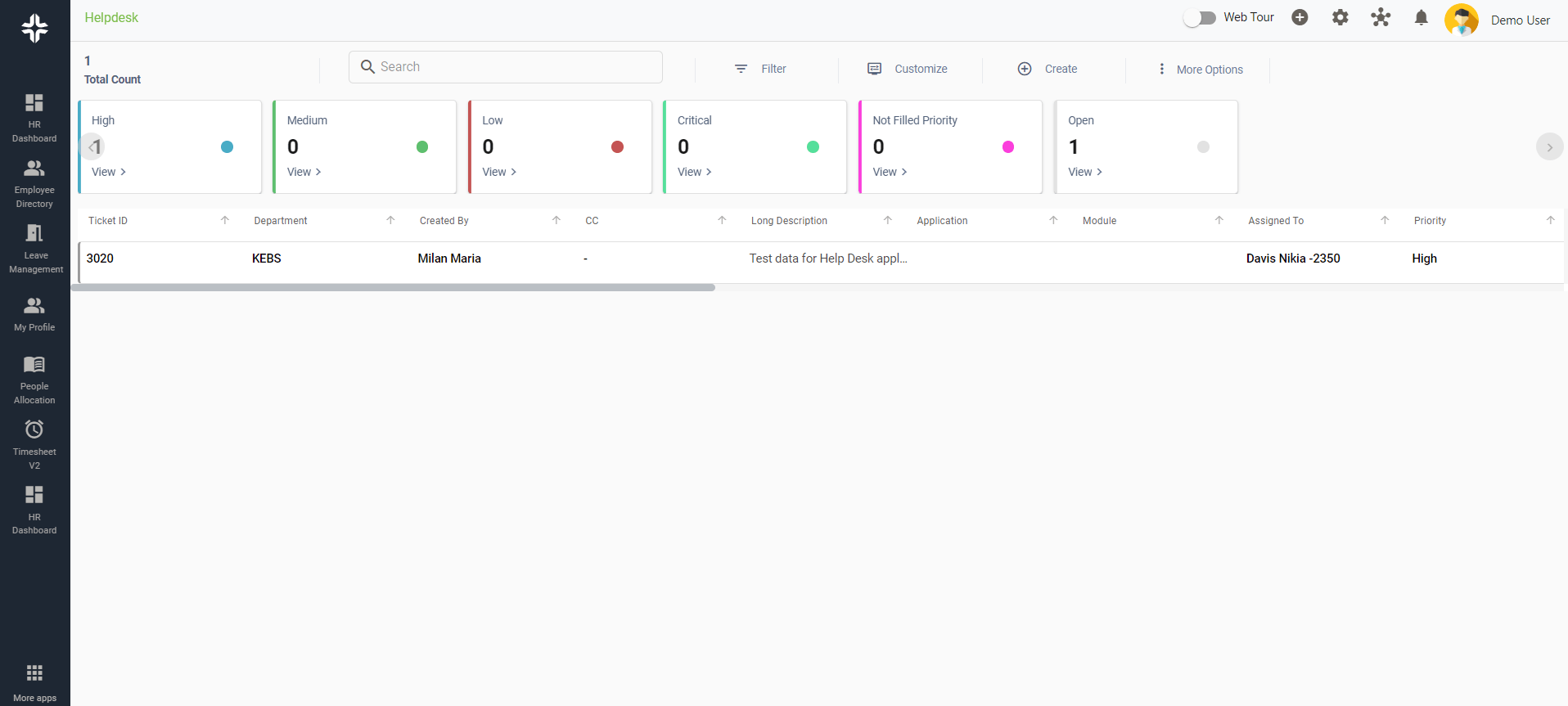Home » PSApedia
Average Handling Time
Optimize Efficiency and reduce Workload with Effective Average Handling Time Management.

What is Average Handling Time (AHT)?
Average Handling Time (AHT) is a critical metric used in customer service and call centers to measure the average duration taken to resolve a customer issue.
This includes the time spent talking to the customer, hold time, and the follow-up actions required to address the customer’s concerns.
Why is AHT Important?
AHT is a pivotal metric for several reasons:
- Efficiency: A lower AHT indicates that customer issues are being resolved quickly, which can lead to increased efficiency in the call center.
- Customer Satisfaction: A shorter handling time often translates to happier customers as their issues are addressed promptly.
- Operational Costs: Reducing AHT can lead to significant cost savings, especially in large call centers where even a few seconds can make a difference.
- Resource Allocation: Understanding AHT can help in resource management, ensuring that the right number of agents are available at peak times.

Importance of Average Handling Time
How to Calculate AHT?
Formula:
AHT = (Total Talk Time + Total Hold Time + Total Follow − up Time) / Total Number of Calls Handled
Example:
Let’s say in a day, the total talk time is 5000 minutes, total hold time is 1000 minutes, and the total follow-up time is 1500 minutes. If the total number of calls handled is 500, then:
AHT=(5000+1000+1500)/500=13
=13minutespercall
AHT vs Other Related Metrics
AHT is often compared with other metrics to get a holistic view of call center performance:
- AHT vs First Call Resolution (FCR): While AHT measures the time taken to handle a call, FCR measures the percentage of calls resolved during the first interaction. A balance between AHT and FCR is essential for optimal performance.
- AHT vs Customer Satisfaction (CSAT): A lower AHT doesn’t always mean higher CSAT. It’s crucial to ensure that the quality of service isn’t compromised to achieve a lower AHT.
- AHT vs Service Level: Service level measures the percentage of calls answered within a specific time. A lower AHT can help in achieving a higher service level.
| Metric | Definition | Purpose | Points to Consider |
|---|---|---|---|
| AHT (Average Handle Time) | Average time taken to complete an interaction or task. | To measure efficiency and effectiveness of service delivery or task execution. | Lower AHT can signify efficiency, but quality must not be compromised. |
| FCR (First Contact Resolution) | Percentage of issues resolved in the first interaction. | To gauge the effectiveness of service in addressing issues without requiring follow-up. | While aiming for high FCR, ensure it doesn’t increase AHT unreasonably. |
| TTFR (Time to First Response) | Average time taken to give the initial response to a request. | To measure responsiveness and speed of initial communication. | A quicker TTFR can improve customer satisfaction, but quality of response matters. |
| TAT (Turnaround Time) | Total time taken from receiving a task to its completion. | To assess the overall speed and efficiency of task completion from start to finish. | Balance between speed and quality is essential. |
How is AHT Used?
AHT is used in various ways:
1. Performance Evaluation: AHT is a key metric in evaluating the performance of individual agents and the call center as a whole.
2. Training: High AHT can indicate a need for training. Agents might require additional knowledge or skills to handle customer queries efficiently.
3. Forecasting: AHT is used in resource planning and forecasting the number of agents required during peak times.
4. Process Improvement: Analyzing AHT can lead to insights into process bottlenecks and areas of improvement.
Ready to Optimize Your AHT?
KEBS offers a suite of tools that can help in optimizing AHT:
- Training Modules: KEBS provides training modules tailored for customer service agents, ensuring they have the necessary skills to handle customer queries efficiently.
- Integration with Ticket Management Software: This ensures that customer issues are tracked and resolved efficiently, leading to a reduced AHT.
- Resource Management Tools: KEBS offers resource management software that can help in allocating the right number of agents based on the forecasted call volume.
- Feedback Mechanism: With KEBS, feedback from customers can be captured and analyzed, leading to continuous improvement in AHT.

KEBS Helpdesk
Ready to optimize your AHT? Contact us today or request a demo to see how KEBS can transform your customer service operations.



